AI, Stories, and the Distributed Mind: Building A Distributed Learning Chasing Time English Lesson Plan
Mia Tarau
In last week’s blog post, Michael Rabbidge started a new conversation among our team of educators by looking at leveraging AI in the language learning classroom in the context of distributed learning (https://chasingtimeenglish.com/posts/2025/6/3/ai-stories-and-the-distributed-mind-rethinking-language-learning). Distributed learning acknowledges the diverse environments and tools that frame and encourage language learning. Today, I draw on that introduction to suggest a set of language learning tasks where students use AI to dive deeper into character stories, actions, and mindsets. I anchor these tasks in one of our original series that international students can relate to very closely: My Name Is Lucky. Let’s begin!
My Name Is Lucky – The Series
We follow Lucky, and international student living with a host family and studying English in New Zealand, as she navigates study, friendships, love, heartbreak, and difficult choices.
My Name Is Lucky – Distributed Learning Activities
1. “Rewrite the Scene” – Using AI to Explore Register and Tone
Level: Intermediate
Focus: Grammar, register, writing, and editing
Tools: Chasing Time English episode + GenAI platform (e.g. ChatGPT)
Learning Outcome: Developing awareness of tone and register; building editing skills through reflection and contrast
Activity Flow:
Students watch a key scene from My Name Is Lucky – suggested strong scenes: Lucky meeting Ryan; Lucky seeing Ryan and her best friend together after the gig
In pairs, they summarise the scene.
Then, using GenAI, they rewrite the scene for a different audience or genre (text message to a classmate as a ‘witness’ to the scene, TikTok video voiceover).
Students compare the scene script and their summaries to the AI generated rewrites and reflect on:
-tone
-vocabulary
-grammar choices
2. “Debate the Character’s Choice” – Real-Time Roleplay with AI Support
Level: Upper-Intermediate
Focus: Speaking, argumentation, vocabulary
Tools: CTE episode + GenAI + prompt cards
Learning Outcome: Learners practice oral fluency and build confidence using AI as a rehearsal/feedback tool.
Activity Flow:
Students choose a controversial character decision from the episode – suggested scenes: Lucky’s best friend chatting alone with Ryan after his gig; Lucky ‘s difficult decision after seeing them together
Thinking about the entire series, but also about what international students might experience these moments in their daily lives overseas, students debate in class using their notes: one team supports the character’s actions, the other argues against it
In groups, students prepare for a debate. Each student can consult a GenAI platform of their choice to help them generate key phrases, expressions, and arguments.
Students can also be provided with prompt cards to help them frame their debate arguments – examples:
v Ryan was right to keep the secret.
v Friends should always be honest with each other, no matter what.
v Hiding information can be justified if it protects someone.
v Lucky’s decision was selfish.
v Lucky’s actions after the gig were necessary.
v Ryan’s actions were wrong.
v Lucky should have asked for clarification instead of running out without an explanation.
v If you were in the same situation as Lucky, you would have done the same thing.
Wrap up with AI-assisted feedback (e.g. "Rephrase this argument in more formal English").
3. “Ask the Character” – Embodied Perspective Taking with AI Roleplay
Level: Intermediate
Focus: Speaking, critical thinking, questioning
Tools: GenAI, set to act as the character
Learning Outcome: Enhances empathy, comprehension, and critical thinking through enacted and embedded interaction.
Activity Flow:
In pairs or small groups, students generate questions to ask a character from the series (examples: “Why did you lie to Lucky?” or “What would your family say if you gave up?” or “Ryan, how do you really feel about Lucky?”).
Students use GenAI to simulate a Q&A where GenAI plays the character.
Students record the answers and – in their pairs or small groups - discuss whether they agree with the AI's character interpretation.
What Makes These Learning Tasks “Distributed”?
They are embodied: Learners interact through speech, movement, and creativity.
They are embedded: Tasks are anchored in story and context.
They are enacted: Language is used in meaningful ways (debates, roleplay).
They are extended: Learning is shared across tools (AI), peers, and tasks.
We hope that if you are working with our series, you will enjoy trying these distributed learning tasks – or that they inspire new ideas in your own context – and, as always, we would love to hear from you on how the lesson went!
